I am beginning to organize my collection of electronic components and parts but have run into a roadblock of not knowing how to properly store anything that is ESD sensitive. I have been using ESD shielding bags that I have acquired over the last few years to store those components and parts, but now that I have implemented a drawer system I would like to keep those parts accessible in the same manner as my passive components.
By perhaps lining the the drawers with the ESD shielding bag material would the components be safe from ESD, or will another approach be necessary?
For reference:

Oh and as a side note, if anyone has a good schema for keeping resistors quickly accessible I would love to hear it!



